Violet "Firebird": features and cultivation
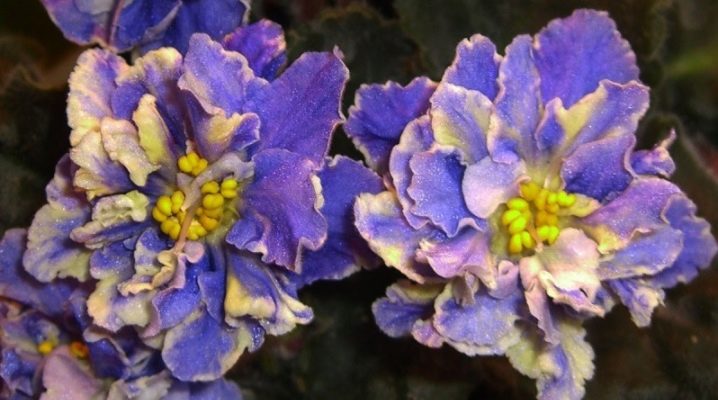
Violets are considered the most popular indoor plant. They decorate the windowsills of many apartments with their green foliage and lush flowers. The Firebird is the most common species. In this article, we will give a description of the variety, talk about the methods of growing and propagating flowers. It will be about Saintpaulia, but since "violet" is a more familiar name, sometimes it will also be used.
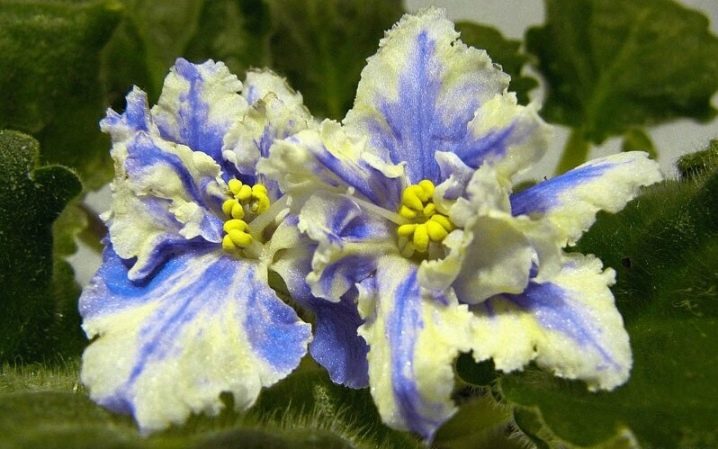
Peculiarities
There are two subspecies of the variety: violet "PC-Heat Bird" and "EK-Heat Bird". The first was bred by the breeder Svetlana Repkina. The flowers of this subspecies are large, have an interesting color, where the blue petals are diluted with a light shade of yellow. The edges of the flowers are uneven and create the appearance of a kind of terry. Large leaves have a fleecy and fleshy texture. Thanks to the small legs, the rosette of the leaves turns out to be quite dense.
"EK-Zhar Bird" was bred by E. Korshunova. Large pink buds with coral inserts, going like rays from the center to the edge, look unusually beautiful and delicate. Large, herbaceous green leaves with small villi envelop the flowers in a dense ring, the number of which can reach ten.
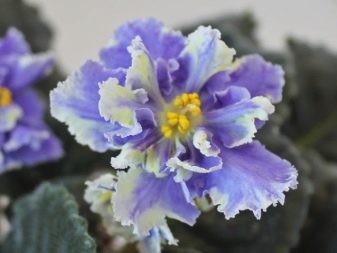
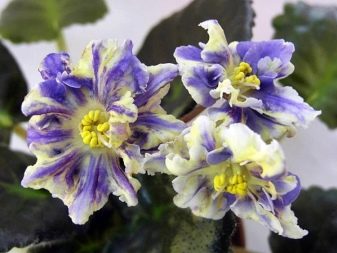
Growing
The process of growing Saintpaulia is complicated by the fact that it is not so easy to achieve good flowering. As a rule, violets give out up to four peduncles, each of which blooms up to three buds. At the first flowering, the color of the buds is darker, at subsequent ones - a little lighter, with more pronounced blotches.
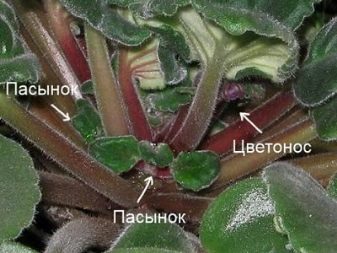
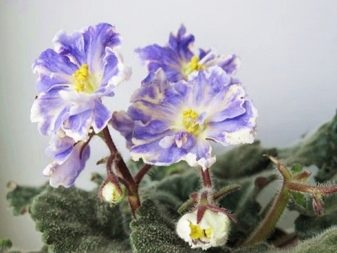
Lighting
One of the most important conditions for abundant flowering is high-quality lighting. The "Firebird" variety is quite demanding and subject to all the basic rules of cultivation, you can achieve lush flowering of several buds. The most favorable for the plant is natural light falling on the windowsill. Unfortunately, it is often not enough, which is why it is important to be able to organize artificial lighting. As a rule, special lamps that simulate daylight are used for these purposes. Their rays are directed to a flower pot.
Most often, lamps are used in winter, when there is very little sunlight. Saintpaulias must be exposed to the rays for at least thirteen hours. Despite the love of the light violets are not recommended to be exposed to direct sunlight, therefore, many growers cover the window with tulle curtains, which slightly cover the plants, but at the same time let in enough rays for its development.

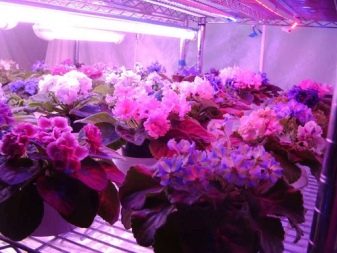
Soil selection
When buying soil, you should be very careful, as violets are very capricious to the soil in which they will grow. In gardening stores, you can purchase a versatile substrate for Saintpaulias. The composition of the soil should include the following ingredients: peat, coniferous litter, turf and leaf soil, as well as perlite, which acts as a baking powder. It is important that the soil is uniform and light. Be sure to use expanded clay as drainage, it will prevent stagnant water. It is placed on the bottom of the pot in which the "Firebird" is grown.
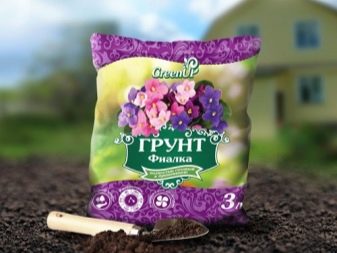
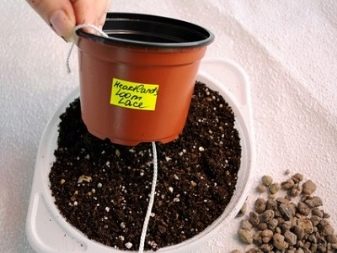
Violet pot
For growing violets, small pots are usually used, the size of which depends on the size of the rosette. For large Saintpaulias, a container with a diameter of nine centimeters is preferable, for medium ones - seven, and for very small ones, five-centimeter pots are also suitable.
Containers should be chosen from plastic or ceramics. Plastic is a more economical option, while it is lightweight and durable. But this material has a minus - it practically does not pass the oxygen necessary for growth.
You can solve the problem by puncturing several holes in the walls of the pot.
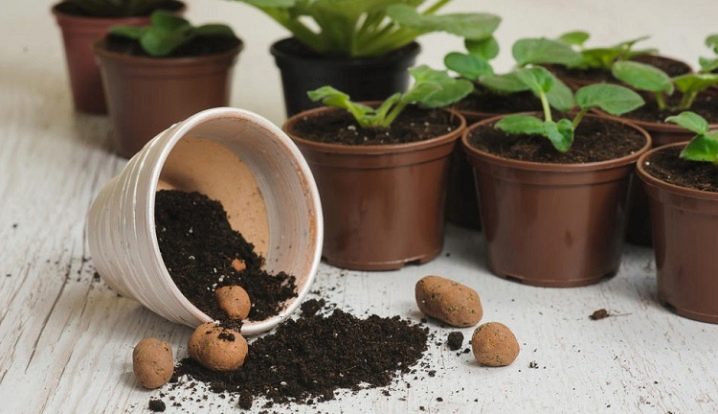
The ceramic version has two subtypes: glazed and unglazed. The first ones are more beautiful in appearance, can have an interesting painting and look attractive on the windowsill. They serve for a long time, but like plastic products, they do not allow air to pass through. Pots without glaze are best for growing flowers, unfortunately they are not as durable as the previous two options.
When buying a container, pay attention to its weight. If you have a small shelf for flowers at home, you should not load it with ceramic pots with soil, it is better to choose plastic.
Any type of pots can be placed on the windowsill.

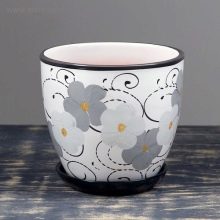
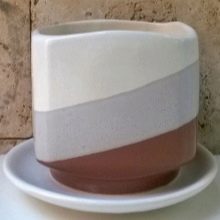
Care rules
It is important to constantly moisturize the soil in which the violets grow. There are several ways to water.
- Careful. Using a small container with a thin neck, water the saintpaulias so that the liquid does not get into the outlet.
- With a wick. A thin synthetic fabric strip is used as a wick. One tip is placed in a pot when transplanting violets, and the other is placed in a glass of water. The plant will independently regulate the required amount of moisture in the soil.
- Watering the pallet. This method involves watering not the soil, but the pallet in which the pot stands, the main thing is that holes are made in its bottom to absorb moisture.
It is recommended to feed Saintpaulia a maximum of once every two weeks. Liquid complex fertilizers created specifically for violets should be used. According to the instructions, they must be dissolved in water and water the flower.
When watering, make sure that the solution does not get on the leaves, as they can be seriously damaged.
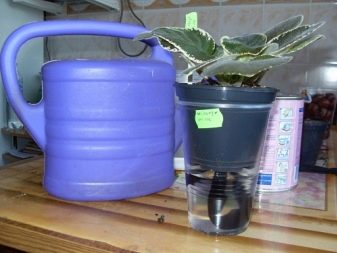
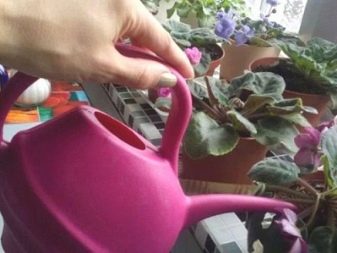
Reproduction
Reproduction of the "Fire Bird" variety occurs in two cases: when rooting a leaf in soil or growing roots on a leaf in water. The first option is much simpler. For its implementation, a fresh cut of the leaf should be treated with a special rooting agent and transferred to the ground. Further, you only need to water the soil from time to time, after a couple of weeks the leaves will appear.
Despite the complexity of the second option, it is more effective. First of all, you need to cut off the sheet and put it in a glass of water to a depth of one centimeter. After a couple of weeks, the roots will begin to appear, and as soon as their length is about two centimeters, the leaf is transplanted into the soil. It is recommended to transplant the roots to a depth of no more than two centimeters, and then cover the container with a plastic bag to create a greenhouse effect.
In 20-25 days it will be possible to remove it, by this time the flower "kids" will already appear. In the process of rooting, you need to periodically water the soil, however, you cannot overdo it with watering, since the roots may die.
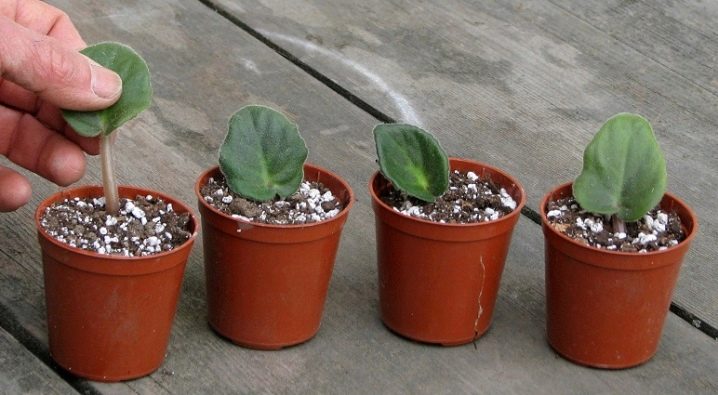
You can find out how to grow a violet from a leaf below.































The comment was sent successfully.